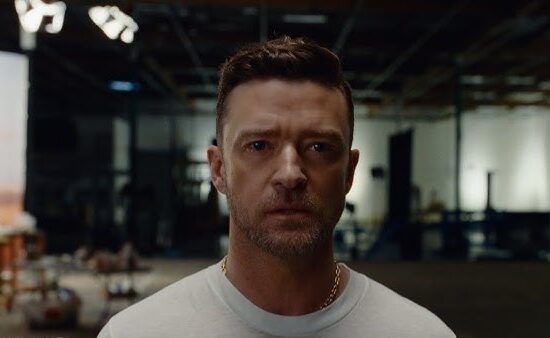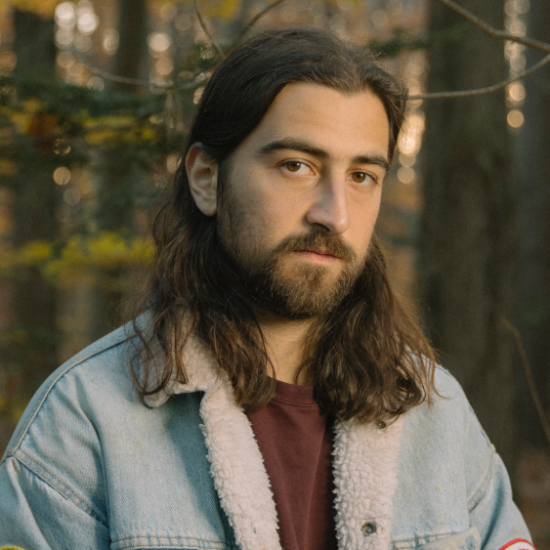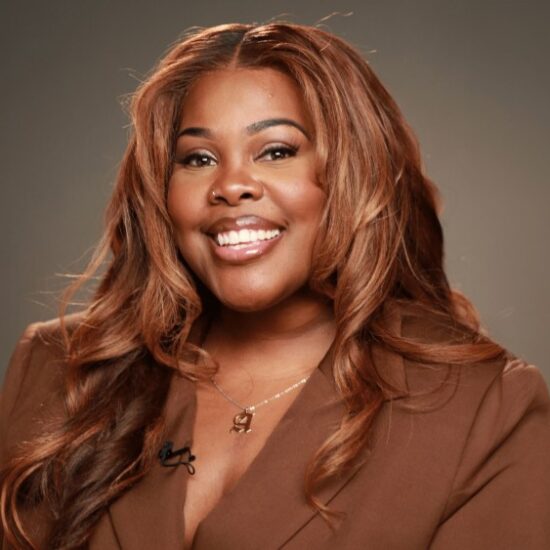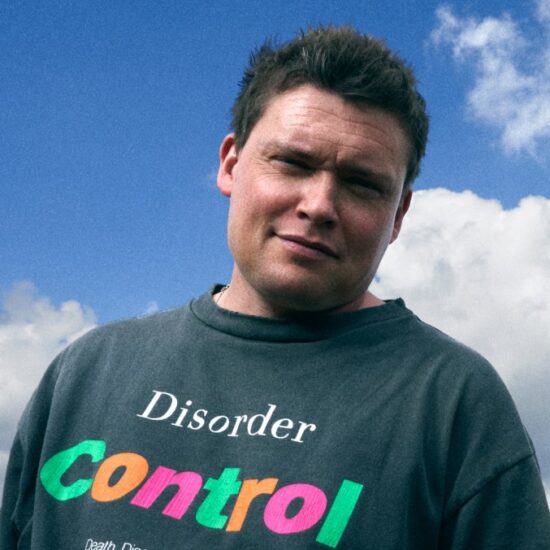
From swimming pools and castle dungeons to the Apple Store, some of the most famous albums have been recorded in truly weird spaces. Heavy metal band, Black Sabbath, for example, recorded their album Sabbath Bloody Sabbath in Gloucester’s Clearwell Castle; members saw ghosts there, serving as inspiration for several songs. And, alternative rock band They Might Be Giants — known for their experimental style — recorded their song I Can Hear You in a science lab using Thomas Edison’s 1890 wax cylinder recorder. So, although fancy studios help guarantee excellent film soundtrack recordings, sometimes opting for an unusual space is key to pushing boundaries and creating innovative sounds. By taking care to find the best-sounding spot for your instruments, you can get the most out of any unconventional recording space.
Check how the room sounds
Before committing to an unusual recording space, it’s important to check how it sounds first. The process is fairly straightforward: simply walk around the edge and centre of the room while clapping your hands. You’re looking for a spot that has a smooth and steady reverb decay. On the other hand, if you hear a flutter echo — generally defined as multiple ringing echoes repeated in quick succession — you’ll know to avoid this space, as this sound will also be heard during your recording. However, if you’re short on options, and recording somewhere with a flutter echo is unavoidable, you can take steps to quieten it. For instance, position the instrument in a spot where the flutter echo is heard the least, and cover the walls with soft, insulative material — either acoustic foam or panels or carpet padding, for example — to minimise the echo.
Choosing the best equalizer setting on your digital workstation is also a key consideration that drastically impacts your sound. An equaliser essentially lets you enhance or minimise select frequencies as needed. As a result, instruments with similar frequencies are prevented from clashing, and you’re better able to perfect the overall sound.
Choose the best position for your instruments
By choosing the right position for your instruments, you can ensure optimal sound. Keep in mind, high ceilings are usually conducive to the best sound, while low ceilings are usually prone to flutter echoes. So, if you can record in a spot with a higher ceiling, the better it’ll sound. If you’re dealing with a vaulted ceiling that angles upward, aim to position the instruments under the highest part of the vault. Also, remember to avoid corners as they’re prone to bass loading — something you usually want to avoid. Bass loading strengthens low frequencies and notes, causing them to boom. On the drum kit, in particular, bass loading can result in a sympathetic tom ringing and snare buzzing. It’s also important to stand a good distance away from the wall. Sound reflections, echoes, and reverbs can be more of a problem the closer you are to walls. So, aim to stand in the middle of the room instead.
Finishing touches for better sound
Simply placing a rug underneath the instrument (or vocalist) can improve the sound. This is because hard floors often result in unwanted echoes and reflections — something which a rug can largely prevent. Yet, in some cases, you may prefer the sound provided by hard flooring. So, try both ways to see which sounds best. You can also raise your amp above ground level to create a clearer sound as this minimises phase cancellations. So, try positioning your amp on a chair, for instance. Also, don’t forget to steer clear of glass in your recording space — another key driver of echoes and reflections that can alter the type of sound you’re after. If positioning your instruments near glass is unavoidable, you can try aiming them at an angle of about 45 degrees to the glass — this can be an effective way to redirect and minimise unwanted echoes and reflections.
Sometimes recording music in unconventional spaces is what’s needed to create a unique and memorable sound. By taking care to choose the best-sounding spot in any unusual recording space, you can unlock your creativity and create a fantastic-sounding film soundtrack.














